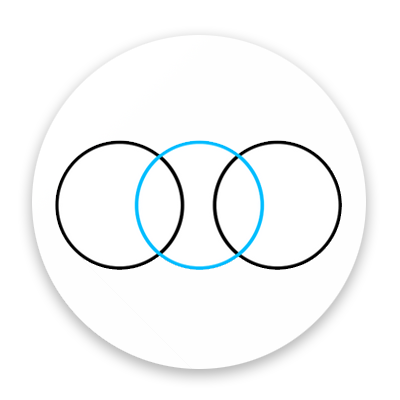Bandersnatch- Black Mirror - Interactive
Black Mirror’s Interactive episode ‘Bandersnatch’ has brought Interactive film to a large mainstream audience. But there is a history of interactive film that predates this. See Interactive film page for details on the first interactive film Kinoautomat from Czechoslovakia, 1967.
Below are some notes and links in relation to what we have discussed after Bandersnatch screening, previous years. The episode is still available on Netflix - do take a look if you have subscription, and try out the different story pathways.
Intertextuality
The directors and art directors have had put a lot of references to other works within the piece, including many nods to other Black Mirror episodes.
As Tabatha pointed out - ‘The Bandersnatch is a creature in Lewis Carroll's novel, Through the Looking-Glass, and What Alice Found There.’ *
There are also references in the programme to Aldous Huxley’s - Doors of Perception, Timothy Leary…
The flower painting in Colins flat is Peter Saville’s design from New Orders, ‘Power Corruption and Lies’
‘Intertextuality is the shaping of a text's meaning by another text. It is the interconnection between similar or related works of literature that reflect and influence an audience's interpretation of the text. Intertextual figures include: allusion, quotation, calque, plagiarism, translation, pastiche and parody.[1][2][3] Intertextuality is a literary device that creates an 'interrelationship between texts' and generates related understanding in separate works.[4] These references are made to influence the reader and add layers of depth to a text, based on the readers' prior knowledge and understanding. Intertextuality is a literary discourse strategy utilised by writers in novels, poetry, theatre and even in non-written texts (such as performances and digital media).[5] Examples of intertextuality are an author's borrowing and transformation of a prior text, and a reader's referencing of one text in reading another.’ Wiki


